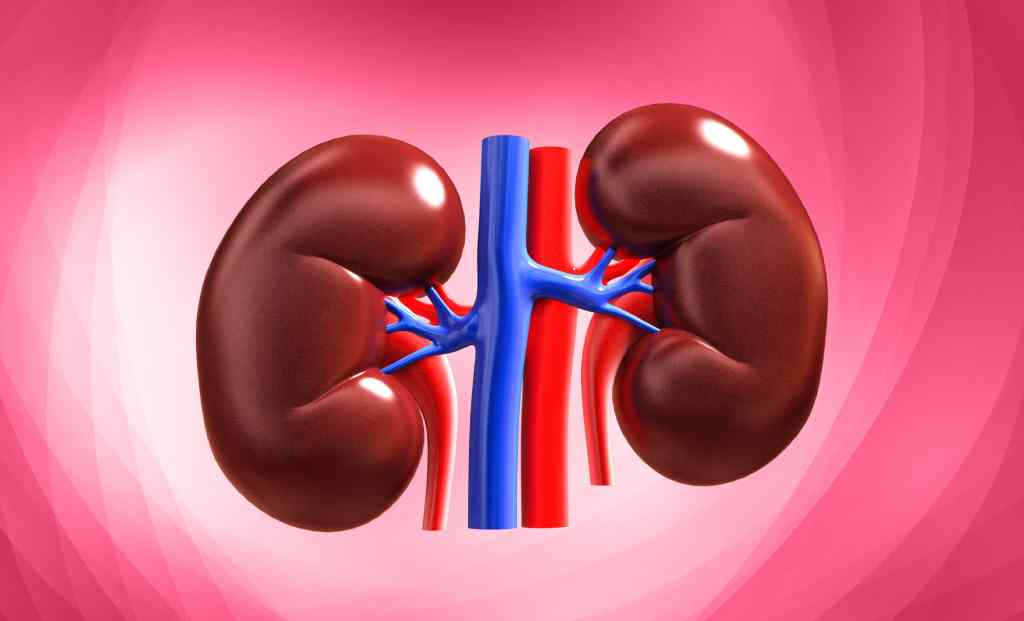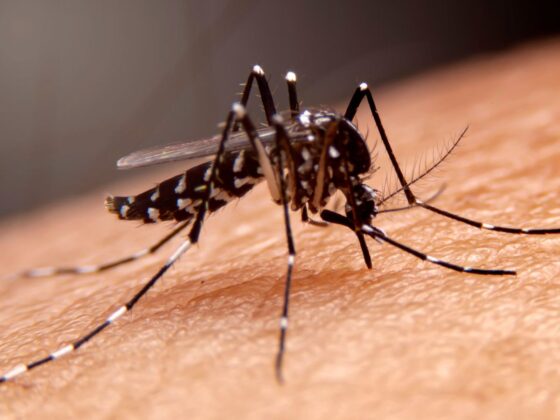New Delhi, 10 December 2024: As the Marburg virus continues to spread rapidly across parts of Africa, global health authorities are raising concerns about the potential for another pandemic-like situation. With its high fatality rate and similarities to the Ebola virus, the Marburg virus has already triggered global alerts, including in countries like India, which are closely monitoring the situation. The question arises: Is India prepared to confront a new health crisis should it reach its borders?
What Is the Marburg Virus?
The Marburg virus is a highly contagious pathogen causing severe viral hemorrhagic fever. First identified in 1967 in Marburg, Germany, it has since been associated with sporadic outbreaks in Africa. Transmitted from fruit bats to humans, the virus spreads through direct contact with bodily fluids of infected individuals or contaminated materials.
Symptoms include high fever, severe headaches, muscle aches, vomiting, diarrhea, and internal or external bleeding. With a mortality rate ranging from 50% to 88%, depending on the outbreak and healthcare response, the Marburg virus is considered one of the deadliest pathogens known to humanity.
Recent outbreaks in Equatorial Guinea and Tanzania have raised alarms, with cases spreading within communities and healthcare settings. The World Health Organization (WHO) has deployed emergency teams to contain the outbreaks and prevent further spread. However, the highly infectious nature of the virus and limited treatment options pose significant challenges.
As international travel resumes post-pandemic, the risk of the virus crossing borders has increased. This has led countries worldwide, including India, to heighten surveillance at airports and strengthen preparedness measures.
India’s Preparedness for a Marburg Outbreak
India has learned valuable lessons from the COVID-19 pandemic, particularly in terms of early detection, containment, and resource mobilization. However, handling a virus like Marburg presents unique challenges due to its high fatality rate and the lack of specific treatments or vaccines.
Surveillance and Detection: India has strengthened its disease surveillance network with tools like the Integrated Disease Surveillance Programme (IDSP). Airport screenings and mandatory health declarations for travelers from affected regions are in place to identify and isolate potential cases.
Healthcare Infrastructure: While India’s healthcare system has significantly improved post-COVID, rural areas remain vulnerable due to inadequate resources and trained personnel. Ensuring that district hospitals are equipped to handle hemorrhagic fever cases will be critical.
Public Awareness: Raising awareness about Marburg virus symptoms and preventive measures is essential to reduce panic and misinformation. Campaigns focusing on hygiene practices, safe food handling, and avoiding contact with wildlife can play a significant role.
Challenges in Managing a Marburg Outbreak
Despite improvements, India faces several challenges in handling a potential Marburg outbreak:
Limited Diagnostics: Testing for rare pathogens like Marburg requires advanced laboratory facilities, which are currently concentrated in a few centers.
Vaccine and Treatment Gaps: Unlike COVID-19, no approved vaccines or antiviral treatments exist for the Marburg virus, making supportive care the only option.
Rapid Urban Spread: Densely populated cities could facilitate the rapid transmission of the virus, overwhelming healthcare systems.
Preventive Measures and Global Cooperation
India must focus on prevention as the first line of defense against the Marburg virus. Collaborating with international health organizations like WHO for technical expertise and vaccine research is crucial. Strengthening cross-border cooperation with neighboring countries can also help prevent the virus from entering Indian territory.
This virus serves as a stark reminder of the ever-present threat of emerging infectious diseases. While India has made strides in pandemic preparedness, the high fatality rate and lack of treatment for this virus demand heightened vigilance and proactive measures. By investing in healthcare infrastructure, improving diagnostic capabilities, and fostering public awareness, India can mitigate the risks and remain better equipped to tackle such global health threats. The key lies in early action and sustained efforts to ensure that history does not repeat itself.










